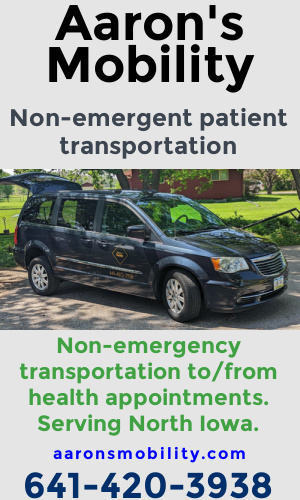
It may seem like a fairly straightforward procedure for non-equestrians, simply walk the horse into the trailer and off you go, but those who regularly transport their horse will know that it is anything but.
Not only can it be extremely stressful for you, and the horse, but there are so many preparations that need to be arranged if you want a smooth and incident-free journey (and even then, it’s not guaranteed).
Step One: Purchase a quality vehicle
You can either transport your horse in a horsebox, which is just one vehicle, or you can choose to transport your animal in a horse trailer which can be attached to your own vehicle.
However, it is essential that you have a vehicle that is powerful enough to pull the weight of your horse and trailer such as a motorhome with a high tow rating – find out more about this type of vehicle by clicking here.
Always check your vehicle over before setting off; ensuring the tires are free from damage and have the correct pressure levels, that all your lights are working and that the butt and breast bars in the trailer can be easily removed in case of an emergency.
Step Two: Make sure you have the necessities
There are certain items that you and your horse will need to have in order to make a journey on the roads;
- Your horse’s passport
- A list of vets along your route
- A first aid kit
- A roadside kit
- Emergency rescue cover
Step Three: Ensure your horse’s needs are met
Your horse will need fresh water and their normal food to keep them going on the journey; as well as snacks to act as a distraction from being in an unfamiliar, enclosed space.
Your horse can also benefit from wearing specialized clothing such as protective boots and bandages to prevent them from injuring themselves when kicking the sides of the trailer (which they most likely will do.) Although be sure not to over-clothe your horse as you do not want them to become overheated.
If you are going on a long journey, then you should take a break at least every three hours so that your horse can lower their head and have some respite from being enclosed.
Step Four: Loading and unloading
This can be the most stressful part of transporting your horse, especially if you have an inexperienced animal, so try not to rush this process. Staying calm and in control will benefit both you and your horse and make the transition quicker and easier.
If you have time, practice loading and unloading your horse a few days before you are due to travel, so that on the day itself you will both feel more confident and at ease with the task.
Always make sure that your horse is properly tied up in the trailer before starting your journey.
Step Five: Drive carefully
A journey in a trailer is not a smooth one for your horse, so try and drive as carefully as possible. It is also important to keep a large distance between yourself and other vehicles because your stop time is greatly reduced due to the combined weight of the trailer and horse.
If this is your first time travelling with your horse, then of course you will be worried and anxious about the journey, but it will get easier with time, and by following the above steps you are guaranteed to keep your horse safe – even if they are not necessarily happy about it!
Good luck!








